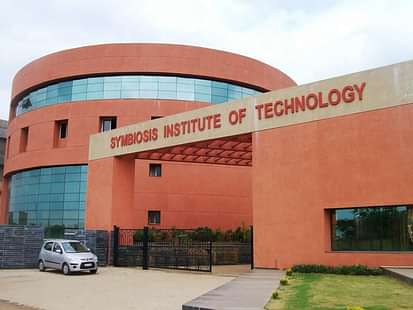
Computer Networks:
Reference Models: OSI, TCP/IP
Data Link Layer, MAC layer, Network Layer, Presentation Layer, Transport Layer ,Session Layer, Application Layer
Security at all Layers
Wireless Networks: Specifically Mobile Computing
Databases:
Database Models, Overview and concepts of Relational Database Model, Transaction management in Relational Model, Concurrency Techniques, Recovery in Databases
Data warehousing and Mining: Common Techniques
Distributed Databases: Overview and concepts
Operating Systems:
Types of Operating System, Interprocess communication, and synchronization, Memory Management, I/O Management
File System: UNIX File System
Distributed System: Architecture, Distributed Mutual Exclusion, and Deadlocks, Distributed File Systems
Discrete Structures:
Set Theory, Logic, Propositions, Graph Theory, Trees Data Structure, Probability, Numerical methods for Interpolation, Extrapolation
Combinatorics: Permutations, Combinations
Relations and Functions
Data Structures and Algorithms:
Fundamental Concepts: ADT, Time and Space complexity, stacks and queues, searching and sorting techniques, linked lists, trees and graphs, files and hashing, NP-Hard and NP-Completeness
Strategies for problem-solving examples: Divide and Conquer, Backtracking, Dynamic Programming
Computer Organisation:
Evolution of Computer arithmetic, Instruction Format, Control Unit, I/O Organisation, Memory Organisation, Parallel Programming
Java and Web Technologies:
Fundamentals of Internet: DNS, IP Address, Client and Servers, Hypertext, WebBrowser, Search Engines, URL
HTML: Basic Tags, CSS
JAVA: Basic Programming Concepts
ASP.NET: Introduction
Software Engineering:
Software Process Models, Estimation Techniques, Software Project Planning, Requirement Analysis, Software Design Techniques, Software Testing, OOAD with reference to UML, AGILE software Engg
DesignPattens: Singleton, Factory, Adaptor, Façade, Proxy, Pipes and Filter, Event Listener, Iterator, Observer, Mediator
Theory of Computation:
Automata Theory, Mata Theory, Regular Expressions and languages, Push Down Automata (PDA), Turing Machine and Decidability
Programming Principles:
Types of Programming Paradigms, Functional Programming, Object-Oriented Programming, Logic Programming
Are you feeling lost and unsure about what career path to take after completing 12th standard?
Say goodbye to confusion and hello to a bright future!

Was this article helpful?

















